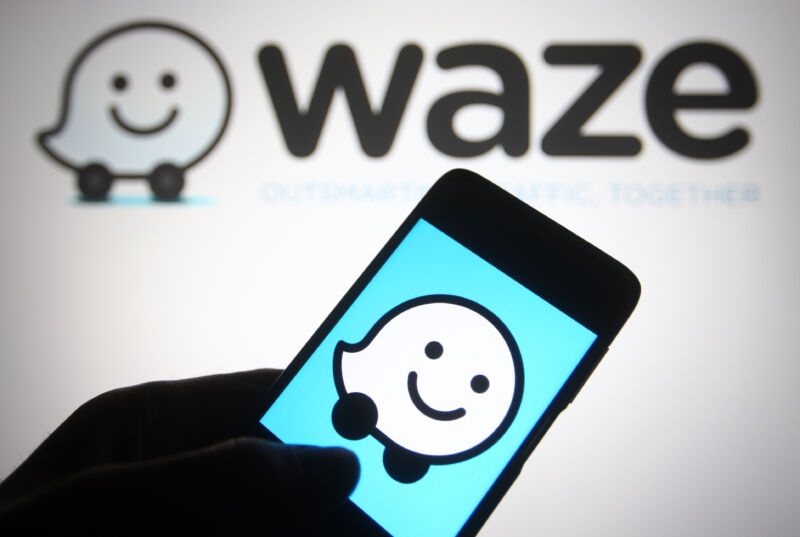
Pavlo Gonchar/SOPA Images/LightRocket via Getty Images
Waze, the navigation app owned by Google, is adding some new features. Some of these are safety-oriented, like alerts about first responders or speed limit changes. Others are convenience-minded, like help navigating roundabouts or parking information. It’s also expanding its use of crowdsourcing to determine road conditions.
When Google bought Waze in 2013, the navigation app was already well-liked for adding a slightly social aspect to in-car navigation—something that seems adorably quaint and perhaps unthinkable these 11 years later.
Over the years, Google has slowly incorporated more of Waze’s features into its own Google Maps platform and taken away Waze’s autonomy, too. In 2022, it was formally merged into the same division at Google that runs Maps, and last year, Google laid off some workers and ditched Waze’s own ad platform for Google ads.
Considering Google’s notorious nature when it comes to wielding an axe to much-liked apps or services, it’s fair to wonder how much longer Waze will continue to exist. But despite this existential threat, Waze continues to update and improve its app.
Last year, it added crash history alerts to warn drivers of crash hotspots they might be approaching. Now, it’s going to add speed limit alerts to both Android and iOS users later this month, which begins notifying a user that there’s an impending speed limit decrease once it’s within 500 feet. This functionality can commonly be found on new cars that use camera-based lane-keeping systems, but for everyone else on the road, it ought to be a handy update.
This month will also see Waze give alerts about impending speed bumps, toll booths, and sharp curves.
Another new safety feature is already available for all Waze users in the US, Canada, Mexico, and France. This alerts users if there’s an emergency vehicle stopped along the route. Connected car drivers in Germany have benefited from a similar system—for Waze’s feature, the data comes from its “Waze for City” partners.
-
An example of Waze’s new road alert.
Waze
-
An example of Waze’s new emergency vehicle alert.
-
An example of Waze’s new speed limit decrease alert.
Waze
-
An example of Waze’s roundabout navigation update.
Waze
-
Waze will now display information about parking garages.
Waze
-
You can book parking in the app.
Waze
-
Waze will now know your usual routes and can tell you if it’s quicker to go a different way.
Waze
Waze’s new roundabout navigation should be a boon to tourists planning to drive to Washington, DC. Again, it’s using crowdsourced data to show users where to enter a roundabout and where to leave it, as well as which lane to be in if there’s more than one. Waze says this feature will roll out to all its Android users across the globe this month. But if you use iOS, you’ll just have to keep circumnavigating that traffic circle until sometime later this year.
Rather than use crowdsourced info, the new parking update is a partnership with the parking platform Flash. It will show users information like whether the parking is covered, if it’s wheelchair accessible, and if there is EV charging or valet parking, and you’ll be able to reserve parking via the app. (Flash says its “Book Online” feature is also coming to Google Maps.) For now, Flash’s database covers about 30,000 parking garages in the US and Canada.
Finally, Waze says it’s adapting to users whose preferred routes aren’t the fastest option and that it will start displaying traffic information along these routes this month to both Android and iOS users.